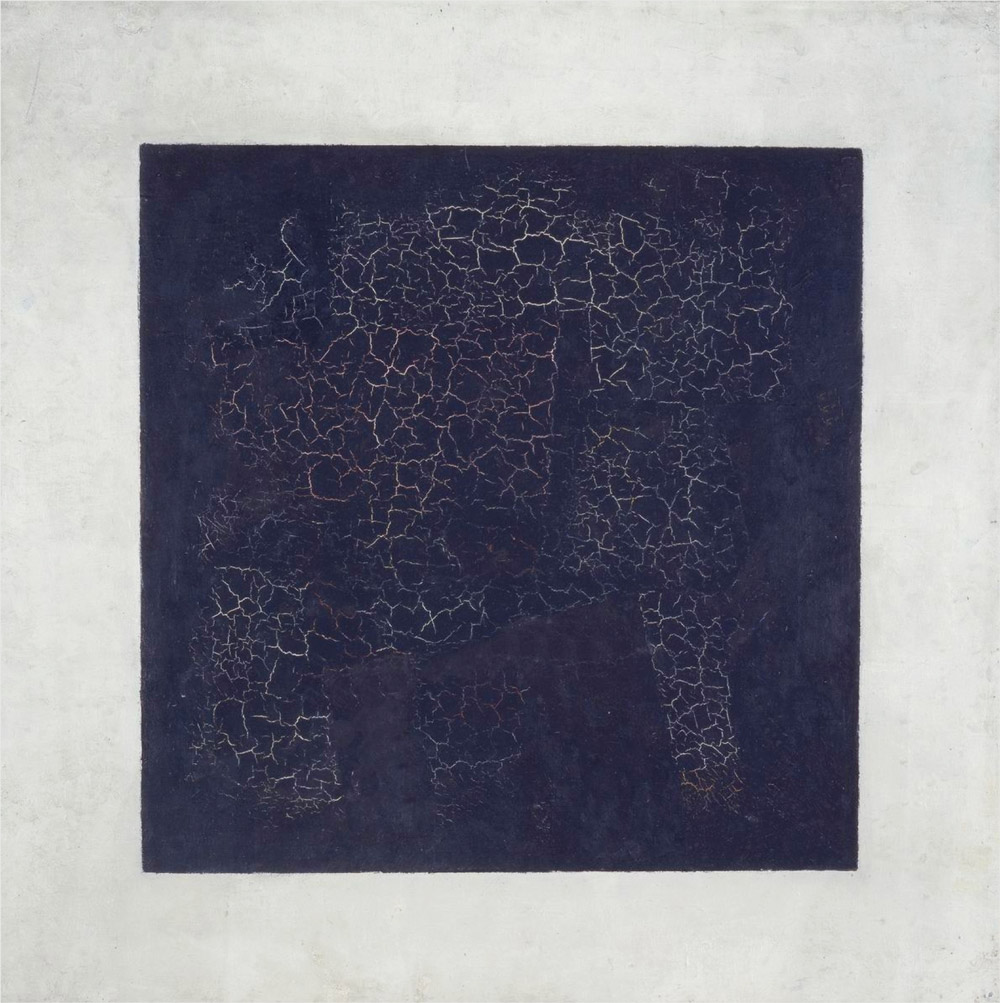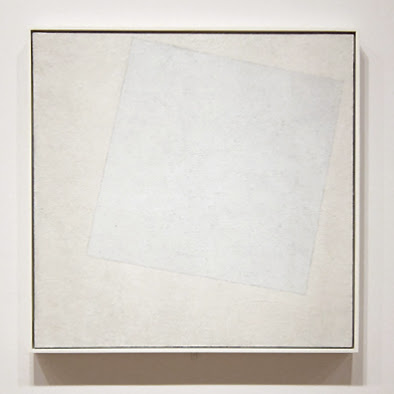There’s something about minimalist art that makes it so captivating. Perhaps it’s the clean lines and simple shapes. Whatever the reason, Minimalist Art has a certain appeal that can’t be denied. If you’re interested in learning more about art with a minimalist aesthetic and the Minimal Art movement, this guide is for you.
We’ll explore the history of this movement, as well as how it influenced the art world today. We’ll also take a look at some of the most famous minimalist artworks. So whether you’re an artist yourself or just appreciate the beauty of simplicity, read on to learn all about it.
If you would like to know more about the pioneers of the Minimal Art movement, I can recommend this article to you: Minimalist Artists: Pioneers Of The Movement
The development of Minimal Art
When I talk about the Minimal Art movement, I am mainly referring to the movement that emerged in the United States of America in the 1950s and 1960s. First of all, art with a minimalist aesthetic doesn’t have much to do with the Minimal Art movement. Because even before this movement, there were a number of artists who began to gradually abstract and reduce their artworks in the early 20th century. And they had completely different ideas and concepts behind their works than those of the Minimal Art movement.
The Russian avant-garde of the 1910s and 1920s, Constructivism and Suprematism, De Stijl and the Bauhaus, were the first movements to embrace a more reduced and abstract approach.
Artists such as Kazimir Malevich, the founder of Suprematism, began reducing artworks to their essentials as early as the 1915s (fig. 1, 2). In doing so, they created a new artistic language based on the simplest geometric forms that expressed ultimate human cognitive principles.
The art scene in America in the 1950s and 1960s was characterized by a flood of new ideas and movements – One of the most important artistic movements of this period was Abstract Expressionism. The artists explored new techniques and approaches to painting based on spontaneous, gestural brushstrokes and color gradients. The canvas became a place where the artists could express their deepest emotions and existential anxieties. This emphasis on emotional intensity was further enhanced by large-scale works that envelop and overwhelm the viewer.


Artists such as Jackson Pollock and Franz Kline created paintings that were characterized by emotion, energy, and movement. Pollock’s famous “Drip Paintings,” for example, were created by dripping, pouring, and splashing paint onto a canvas lying on the ground, allowing him to physically engage with his work and directly transmit his emotions. Within Abstract Expressionism, however, some artists, such as Mark Rothko, Agnes Martin, Anne Truitt and Ad Reinhardt, developed an astonishingly minimalist language. If you want to learn more about it, I can recommend the following article. There I explore the interesting dichotomy within the movement: Minimalism In Abstract Expressionism – A Contradiction?
But it was not only in the United States that artists reduced their works. In Europe, too, artists such as Yves Klein, Lucio Fontana or Barbara Hepworth explored this form of aesthetics.
The rise of a movement
In the late 1950s, however, a group of artists, primarily in New York, attempted to create a new kind of art. It was meant to be more down-to-earth, rational, and ordered, with less symbolism and drama than Abstract Expressionism. They believed that by simplifying their works, they could create a stronger visual impact. Some of the best-known pioneers of the movement from the 1960s include Donald Judd, Tony Smith and Carl Andre (fig. 5).
Their aim was for viewers to have an immediate and pure visual reaction to their work, without thinking about what it might represent. They wanted to explore the space their art occupied, how the viewer interacted with it, and how perception changed through light, shadow, and perspective. They wanted to explore the simplicity and essence that their art offered.
Frank Stella for example, an artist once considered part of the Abstract Expressionist movement, is most well-known for his Black Paintings – For some viewers, his monochromatic paintings still define the artist as a Minimalist. He was only 23 when he first displayed four of his Black Paintings at the Museum of Modern Art in New York in 1959.
What you see is what you see
Quote on Minimalist Art by Frank Stella
In 1962, a book on the Russian avant-garde, The Great Experiment in Art was published by Camilla Gray. This book brought the concerns of the Russian avant-garde movements to a wider audience and helped inspire more and more artists.¹
Furthermore, the 1966 exhibition „Primary Structures“ at the Jewish Museum in New York inspired the movement. In 1968, works of American Minimal Art were shown in Europe for the first time as part of an exhibition tour of the same name.
At the same time, art critics and art journalists were trying to give a name to this emerging movement. Names such as ABC Art, Idiot Art, and Cool Art were considered to describe the reduced visual language.2 Eventually, art critics adopted the term “Minimal Art” from a 1965 essay by Richard Wollheim on modern American art and popularized it.
Interestingly, however, almost all the artists who were considered part of this movement at the time vehemently rejected the name. They felt that the term “Minimal Art” was inadequate to describe the complexity of their works and the underlying concepts. They emphasized that their work did not aim to reduce art to a minimum of material and form, but rather to explore new ways of revealing the relationship between object, space, and viewer.
How Minimal Art influenced the art world
Even though there were many controversies about the movement, Minimalism has had a profound impact on the art world, and its influence can still be seen in many contemporary artists.
Minimal Art has been influential in both the fine art world and the world of design. In the fine art world, it has led to the popularity of abstract and conceptual art. In design, it has influenced everything from architecture to fashion. The impact can be seen everywhere in our modern world. It is a style that has been embraced by many and has become an integral part of our visual culture.
My thoughts
Yes, the Minimal Art movement has had a major impact on the art world. Today, it is still being made, and its simplicity continues to resonate with viewers. If you want to see how artists are creating art with a minimalist aesthetic these days, feel free to check out the art category.
While Minimalism is often associated with cold and impersonal art, the best works of the movement are actually quite engaging and thought-provoking. By stripping away all the distractions, Minimalism allows the viewer to focus on the essentials of the work, and to see it in a new and different light. The viewer defines the work, not the artist. The viewer defines what he or she sees, feels, and interprets. This makes Minimal Art universal. No matter who looks at it, they will see something different in it than you do. And that makes it so special.
If you’re interested in the topic, I recommend my column where I question and explore minimalism in art and design.
Further reading
Title image made with Midjourney


